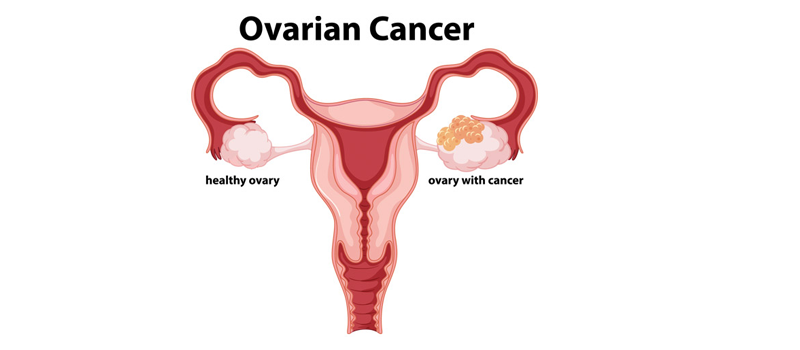
Ovarian cancer is a significant health concern for women worldwide, representing one of the most lethal gynecological malignancies. Often diagnosed at advanced stages due to its asymptomatic nature in early stages, ovarian cancer poses challenges for both patients and healthcare providers. However, advancements in research and medical technology have improved our understanding of the disease, leading to better detection methods and treatment options.
Ovarian cancer begins in the ovaries, the female reproductive organs responsible for producing eggs and female hormones. There are different types of ovarian cancer, classified based on the specific cells where the cancer originates. Epithelial ovarian cancer, arising from the cells that cover the outer surface of the ovaries, is the most common type, while less common types include germ cell tumors and stromal tumors.
Several factors may increase the risk of developing ovarian cancer, including age, family history of ovarian or breast cancer, inherited genetic mutations (such as BRCA1 and BRCA2), personal history of certain cancers, infertility, endometriosis, and hormone replacement therapy. While it may not be possible to prevent ovarian cancer entirely, certain lifestyle modifications such as maintaining a healthy weight, regular exercise, and avoiding tobacco use may help reduce the risk.
Ovarian cancer is often called the "silent killer" because it may not cause noticeable symptoms in its early stages. However, as the disease progresses, symptoms may develop, including abdominal bloating or swelling, pelvic pain or discomfort, difficulty eating or feeling full quickly, changes in bowel habits, and frequent urination. Due to the nonspecific nature of these symptoms, ovarian cancer is frequently diagnosed at advanced stages.
Diagnostic tests for ovarian cancer include pelvic exams, imaging studies such as ultrasound and CT scans, blood tests to measure tumor markers like CA-125, and biopsy to confirm the presence of cancer cells. However, no single screening test is highly effective for detecting ovarian cancer in its early stages, making it challenging to diagnose the disease before it has spread beyond the ovaries.
Treatment for ovarian cancer typically involves surgery, chemotherapy, and in some cases, targeted therapy or radiation therapy. The specific treatment approach depends on factors such as the stage and subtype of ovarian cancer, the patient's overall health, and treatment goals.
Surgery: Surgery is the primary treatment for ovarian cancer and involves removing as much of the tumor as possible (debulking surgery). In some cases, this may include removing one or both ovaries, the fallopian tubes, the uterus, and nearby lymph nodes.
Chemotherapy: Chemotherapy is often used after surgery to kill any remaining cancer cells and reduce the risk of recurrence. It may also be used before surgery to shrink tumors and make them easier to remove.
Targeted Therapy: Targeted therapy drugs work by targeting specific molecules or pathways involved in the growth and spread of cancer cells. These drugs may be used in combination with chemotherapy for advanced or recurrent ovarian cancer.
The prognosis for ovarian cancer varies depending on factors such as the stage of the cancer at diagnosis, the subtype of ovarian cancer, and the patient's response to treatment. Early detection and treatment offer the best chance for favorable outcomes, but even in advanced cases, advancements in treatment have improved survival rates and quality of life for many patients.
Ovarian cancer remains a formidable challenge in women's health, but ongoing research efforts aimed at improving early detection methods, developing targeted therapies, and understanding the underlying biology of the disease offer hope for better outcomes in the future. By raising awareness of ovarian cancer risk factors, symptoms, and the importance of early detection, we can empower women to take charge of their health and work towards reducing the burden of this disease.